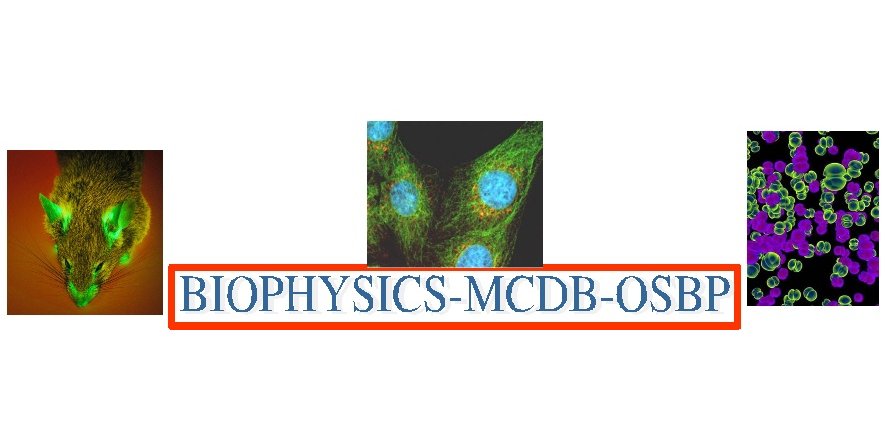Interdisciplinary Graduate Programs Symposium

2010 OSU Molecular Life Sciences
Interdisciplinary Graduate Programs Symposium

Poster abstracts
Abstract:
• Objectives of the study
The primary objective of this study is to elucidate the biological function of miR-122 using liver-specific conditional miR-122 knockout mice that was generated in our laboratory. We studied the effect of the miR-122 depletion on the hepatic metabolism, gene expression, proliferation, and susceptibility to diethylnitrosamine (DEN)-induced hepatocarcinogenesis.
• Results
Hepatic miR-122 level was reduced 50 and 100 fold in adult liver-specific miR-122Δ/Δ (KO) mice by realtime RT-PCR and northern blot analysis. The KO mice developed hepatic steatosis at 8-10 week that correlated with increased expression of many enzymes involved in TG metabolism, including AGPAT1, which are verified as targets of miR-122. Significant downregulation of HMGCR, the key enzyme in cholesterol biosynthesis correlated with reduced serum cholesterol, HDL and LDL levels.
Microarray analysis revealed dysregulation of gene involved in carcinogenesis in KO livers that correlated with increased hepatocytes proliferation. Furthermore, profound increase in alpha fetoprotein (AFP), IgF2 and H19, normally suppressed in the adult livers and upregulated in hepatocellular carcinoma (HCC), indicates dedifferentiation of KO hepatocytes as an early stage of adult life.
To test if the loss of miR-122 increases susceptibility of mice to a liver carcinogen, DEN was injected (5mg/Kg) postnatally at day 15 and sacrificed after 32 weeks. The results showed that only KO mice developed hepatic cysts and were more prone to develop HCC than the wild type mice.
• Conclusion
In summary, the deletion of miR-122 results in the development of nonalcoholic steathepatitis, accumulation of hepatic TG, upregulation of fetal genes and higher incidence of DEN-induced HCC. These observations suggest that miR122 is essential for the maintenance of proper liver function.
References:
1.Kutay H, Bai S, Datta J, et al. J Cell Biochem 2006;99(3):671-8.
2.Wang B, Majumder S, Nuovo G, et al. Hepatology 2009;50(4):1152-61.
3.Budhu A, Jia HL, Forgues M, et al. Hepatology 2008;47(3):897-907.
4.Coulouarn C, Factor VM, Andersen JB, Durkin ME, Thorgeirsson SS. Oncogene 2009;28(40):3526-36.
5.Gramantieri L, Ferracin M, Fornari F, et al. Cancer Res 2007;67(13):6092-9.
6.Bai S, Nasser MW, Wang B, et al. J Biol Chem 2009;284(46):32015-27.
7.Tsai WC, Hsu PW, Lai TC, et al. Hepatology 2008;49(5):1571-82.
8.Coleman RA, Lee, DP. Prog Lipid Res 2004; 43:134-176
Keywords: microRNA-122, knockout mice, hepatic metabolism